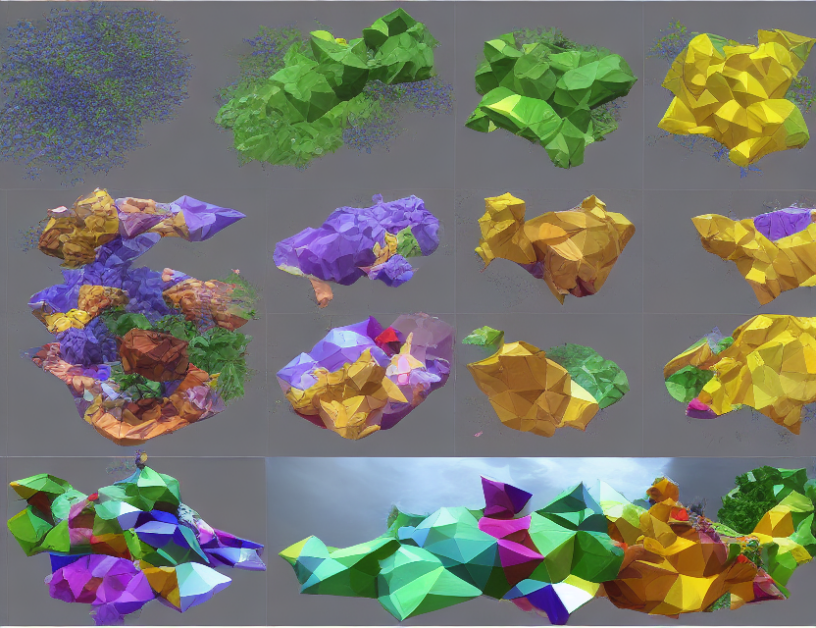Diffusion models are a type of AI that can generate images from textual descriptions. The most popular diffusion model is called latent diffusion, which uses a combination of language and image features to create photorealistic images. This article presents a new diffusion model called Altdiffusion, which incorporates reinforcement learning to improve the quality of generated images.
Reinforcement learning is a type of machine learning that involves an agent interacting with an environment to learn how to make decisions. In the context of image generation, the agent is the diffusion model, and the environment is the textual description of the desired image. The goal of the agent is to generate images that are not only photorealistic but also relevant to the given prompt.
Altdiffusion uses a combination of CLIP (a text-to-image model) and reinforcement learning to generate images from text. The process involves several stages, including extracting textual features using CLIP, incorporating these features into the latent diffusion process, and conducting the diffusion process in the latent space to reduce computational overhead.
One of the key advantages of Altdiffusion is its ability to capture the spatial layout and local details of interior design images. Unlike other diffusion models, which rely solely on textual descriptions, Altdiffusion can incorporate visual information from CLIP to generate more accurate and visually appealing images.
The article also presents several evaluation metrics to assess the quality of generated images, including CLIP performance evaluation, Inception Score (a measure of image quality), and Fr´echet Inception Distance (a measure of how similar the generated images are to real images). These metrics provide a comprehensive assessment of the generated images and help identify areas for improvement.
In conclusion, Altdiffusion represents a significant advancement in the field of image generation using diffusion models. By incorporating reinforcement learning into the latent diffusion process, Altdiffusion can generate more accurate and visually appealing images compared to existing diffusion models. As the field of AI continues to evolve, it is likely that we will see further advancements in image generation techniques, leading to even more realistic and relevant generated images.
Computer Science, Computer Vision and Pattern Recognition
Advanced Diffusion Models for Text-to-Image Synthesis



